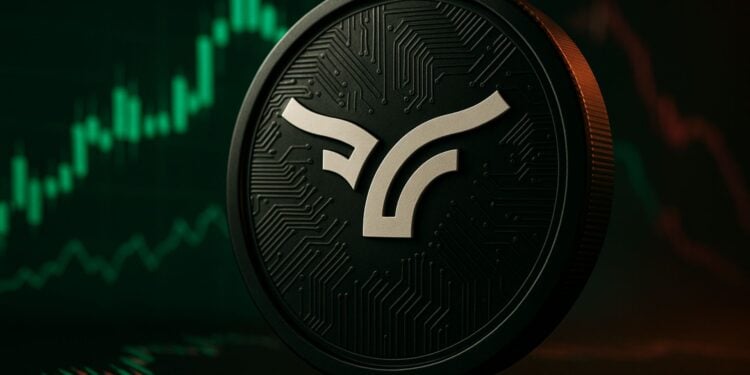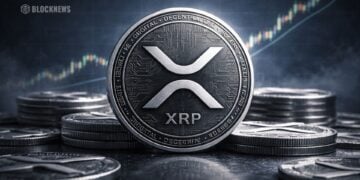- Bullish IPO used a record mix of stablecoins, with most settlements routed through Solana.
- Solana’s stablecoin market cap has surged past $11.7B, with transfers topping $300B this year.
- Paxos, PayPal, and new startups are pushing stablecoins into the next regulatory and adoption wave.
On August 14, Bullish rang the bell on the New York Stock Exchange under ticker BLSH, backed by billionaire Peter Thiel. Analysts were quick to call it a turning point—“not just another IPO,” but a sign that stablecoins are now hardwiring themselves into the fabric of Wall Street. For years, traditional finance and crypto circled each other cautiously, but this listing might be the clearest proof yet that the two are finally colliding.
The IPO leaned heavily on USDC and EURC, both custodied by Coinbase and increasingly settled on Solana’s rails. Jefferies acted as billing and delivery agent, handling minting, conversions, and transfers across multiple issuers in the U.S., Europe, and Asia. Contributions came from a whole mix of tokens—SocGen’s USDCV and EURCV, Paxos-issued Global Dollar (USDG) and PayPal USD (PYUSD), Ripple USD (RLUSD), World Liberty’s USD1, Agora’s AUSD, and even AllUnity’s EURAU. It was the most diverse set of stablecoin settlements ever tied to a public listing, showing how cross-border liquidity is now stitched together with digital money.
Solana Emerges as the Settlement Layer
Most of the settlements flowed through Solana, reinforcing its role as the go-to stablecoin backbone. According to DeFiLlama, Solana’s stablecoin market cap climbed past $11.7 billion this month, up over 5% in just a week. Daily transfers have exploded too, with Solana stablecoin activity surpassing $300 billion in cumulative volume for 2025. For a blockchain once questioned for stability, that’s no small feat.
Bullish CFO David Bonanno was blunt: “We view stablecoins as one of the most transformative use cases for digital assets. We use them internally for fast, secure global transfers, especially on Solana.” His statement echoes what many already believe—that stablecoins are the real-world use case pulling crypto deeper into mainstream finance. The GENIUS Act in the U.S., which finally laid out clear rules for stablecoin issuance, has only accelerated adoption, providing a framework that other countries are starting to mirror.
Rising Volumes, New Players
Stablecoin volumes continue to surge. A report from Keyrock and Bitso pegged February 2025’s totals at $6.3 billion, with $2.7 billion in B2B payments and over $1 billion in card usage. If the trend holds, annual volumes could inch toward the trillion-dollar mark by 2030. Circle’s USDC and EURC still dominate, but Paxos, PayPal, and a wave of new entrants are fast catching up. Paxos recently filed for a national trust charter, aiming to move under OCC oversight—a shift that would make it one of the most tightly regulated blockchain companies worldwide, a setup designed to lure banks and large institutions.
Meanwhile, startups are raising serious money. Stable, a USDT-focused network, pulled in $28 million from backers like Bitfinex and Franklin Templeton. Plasma, launched in January, raised $24 million, and Circle unveiled Arc, its own blockchain built for its stablecoin ecosystem. Even Stripe is jumping in, revealing its Tempo blockchain, while firms like Securitize, Ondo Finance, and Dinari are expanding tokenization infrastructure.
A New Phase for Stablecoins
The Bullish IPO might go down as a case study in how quickly crypto and Wall Street are blending. Stablecoins are no longer niche instruments; they’re becoming core settlement tools for capital markets. With Solana proving it can handle the speed and scale, and with regulators like the U.S. giving clearer guidance, the stage looks set for stablecoins to anchor the next phase of finance. Whether that leads to smoother global liquidity or new fault lines remains to be seen—but the shift is already here.














